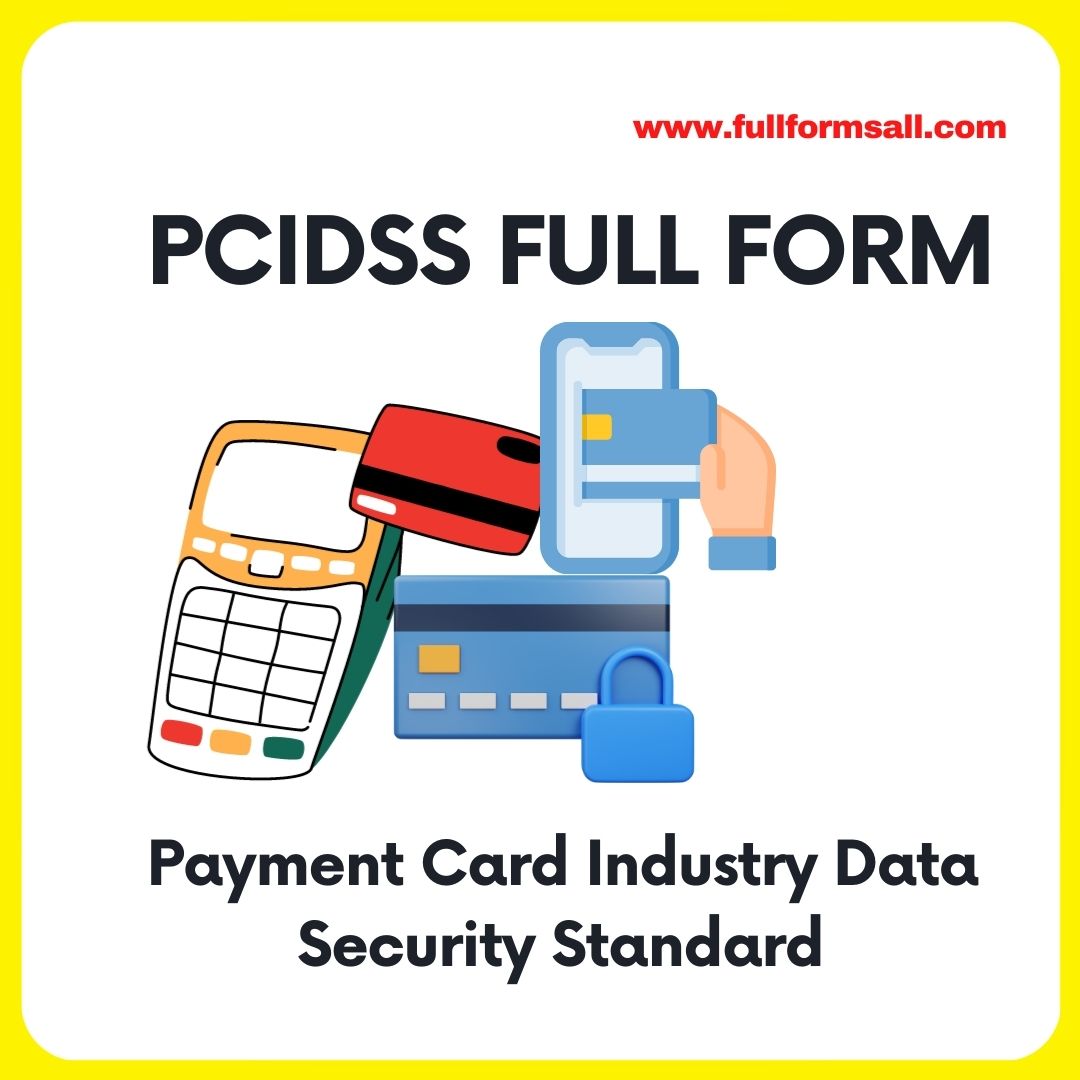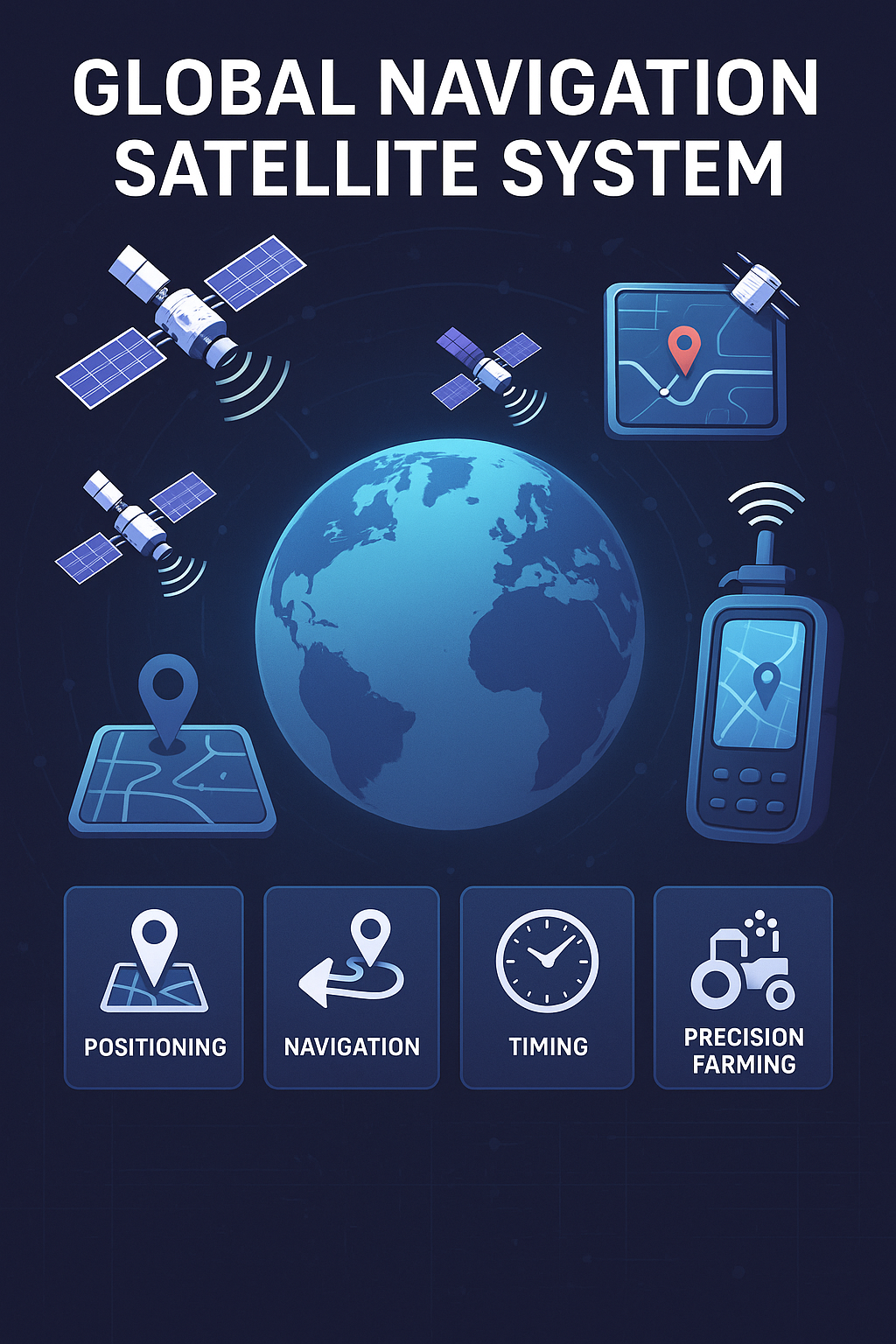In this article you get to know about PCI DSS full from and other different abbreviations of PCI DSS in various fields. PCI DSS full form refers to Payment Card Industry Data Security Standard.

The Payment Card Industry Data Security Standard is a set of security standards developed by major credit card companies including Visa, Mastercard, American Express, and Discover to ensure that all companies that accept, store, process or transmit credit card information maintain a secure environment. PCI DSS applies to all businesses that accept credit card payments, regardless of the size of the business or the number of transactions processed. Compliance with the standard is mandatory and failure to comply can result in fines and other penalties.
The PCI DSS consists of 12 requirements, which are organized into six categories:
| Build and Maintain a Secure Network |
| Protect Cardholder Data |
| Maintain a Vulnerability Management Program |
| Implement Strong Access Control Measures |
| Regularly Monitor and Test Networks |
| Maintain an Information Security Policy |
Each of the 12 requirements of PCI DSS must be met in order to achieve compliance. This involves implementing a range of security measures such as installing and maintaining firewalls, encrypting cardholder data, and regularly monitoring and testing networks for vulnerabilities. Compliance with PCI DSS is typically verified through a third-party assessment, which can be either a self-assessment questionnaire or an on-site assessment conducted by a qualified security assessor.
The Payment Card Industry Data Security Standard checklist is a tool used to help businesses assess their compliance with the standard. The checklist provides a detailed list of requirements that businesses must meet in order to achieve compliance, and can be used as a guide to ensure that all necessary steps have been taken to protect cardholder data. The PCI DSS checklist typically includes a list of 12 requirements that businesses must meet, which are organized into six categories. These categories include:
Build and Maintain a Secure Network
Install and maintain a firewall configuration to protect cardholder data. Do not use vendor-supplied defaults for system passwords and other security parameters
Protect Cardholder Data
Protect stored cardholder data. Encrypt transmission of cardholder data across open, public networks.
Maintain a Vulnerability Management Program
Protect all systems against malware and regularly update anti-virus software or programs. Develop and maintain secure systems and applications
Implement Strong Access Control Measures
Restrict access to cardholder data by business need-to-know. Assign a unique ID to each person with computer access and authenticate access.
Regularly Monitor and Test Networks
Track and monitor all access to network resources and cardholder data. Regularly test security systems and processes.
Maintain an Information Security Policy
Maintain a policy that addresses information security for all personnel.
The PCI DSS checklist is not a comprehensive guide to achieving compliance with the standard, but rather a starting point for businesses to assess their current level of compliance and identify areas for improvement. Businesses should also refer to the official PCI DSS documentation and seek guidance from qualified security professionals in order to achieve and maintain compliance with the standard. The purpose of the Payment Card Industry Data Security Standard is to protect cardholder data by establishing minimum security standards for all companies that accept, process, store, or transmit credit card information.
Credit card fraud and data breaches are a significant concern for the payment card industry, and the costs associated with these incidents can be substantial for both consumers and businesses. The PCI DSS helps to mitigate these risks by providing a framework for securing cardholder data. By complying with the PCI DSS, businesses can reduce the risk of data breaches and protect their customers from credit card fraud. Compliance with the standard also helps to build trust with customers and demonstrate a commitment to data security. In addition to protecting cardholder data, compliance with the PCI DSS can also have other benefits for businesses. For example, it can help to streamline payment processing and reduce the risk of payment disputes and chargebacks.
Any business that accepts, processes, stores, or transmits credit card information is required to comply with the Payment Card Industry Data Security Standard. This includes all merchants, regardless of the size or number of transactions they process, as well as service providers that handle cardholder data on behalf of merchants.
In general, businesses that accept credit card payments can be categorized into four levels based on their annual transaction volume. The specific level of compliance required for each business will depend on their transaction volume and the specific requirements of their payment card processor.
The four levels of compliance are:
| Level 1 | Merchants processing over 6 million transactions per year |
| Level 2 | Merchants processing between 1 million and 6 million transactions per year |
| Level 3 | Merchants processing between 20,000 and 1 million e-commerce transactions per year |
| Level 4 | Merchants processing fewer than 20,000 e-commerce transactions per year, or merchants that process up to 1 million transactions per year with a traditional point-of-sale terminal. |
In order to achieve compliance, businesses must follow the specific requirements of the PCI DSS and undergo a validation process, which may include self-assessment questionnaires, on-site assessments by qualified security assessors, or a combination of both. Businesses must also maintain compliance on an ongoing basis, and may be subject to periodic audits to ensure continued compliance.
| Also read | VDMS FULL FORM | HHMD FULL FORM |
| IMMD FULL FORM | GSPL FULL FORM | SDE FULL FORM |
| MDLP FULL FORM | MPV FULL FORM | SDCI FULL FORM |
| SUV FULL FORM | ZCYC FULL FORM | PWBD FULL FORM |
CONCLUSION:
Dear reader in this article you get to know about PCI DSS full from and PCI DSS term used in various other fields, If you have any query regarding this article kindly comment below.
